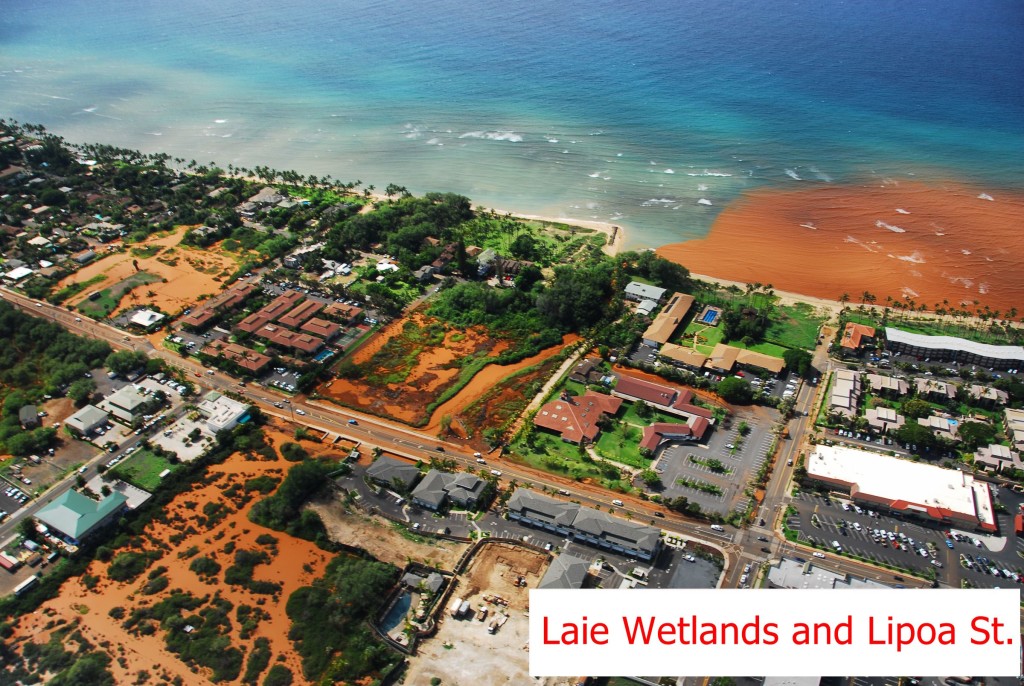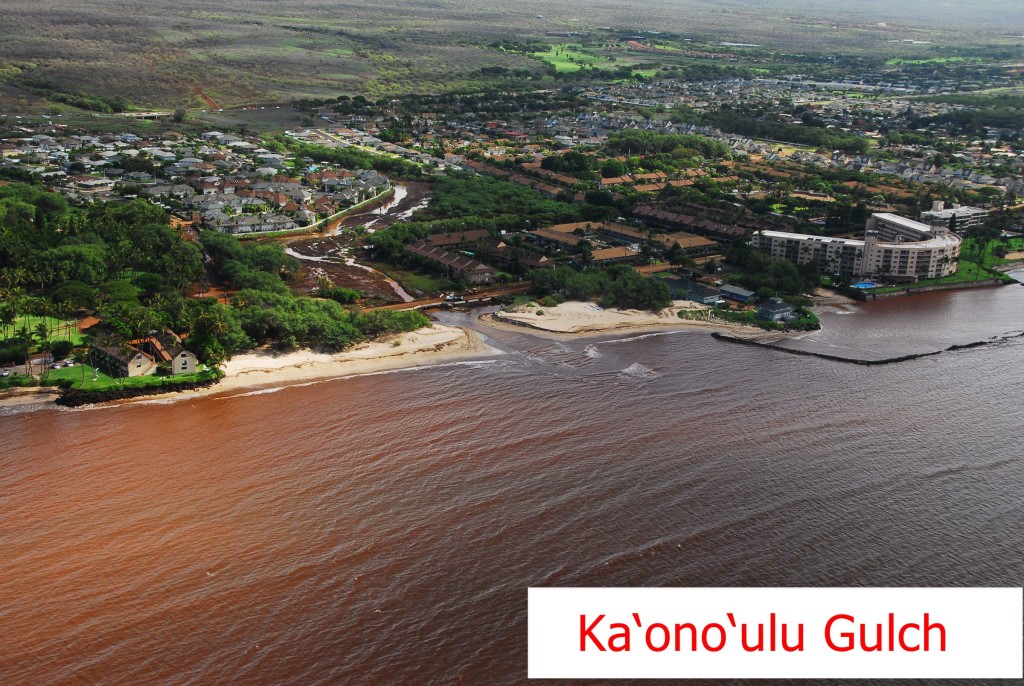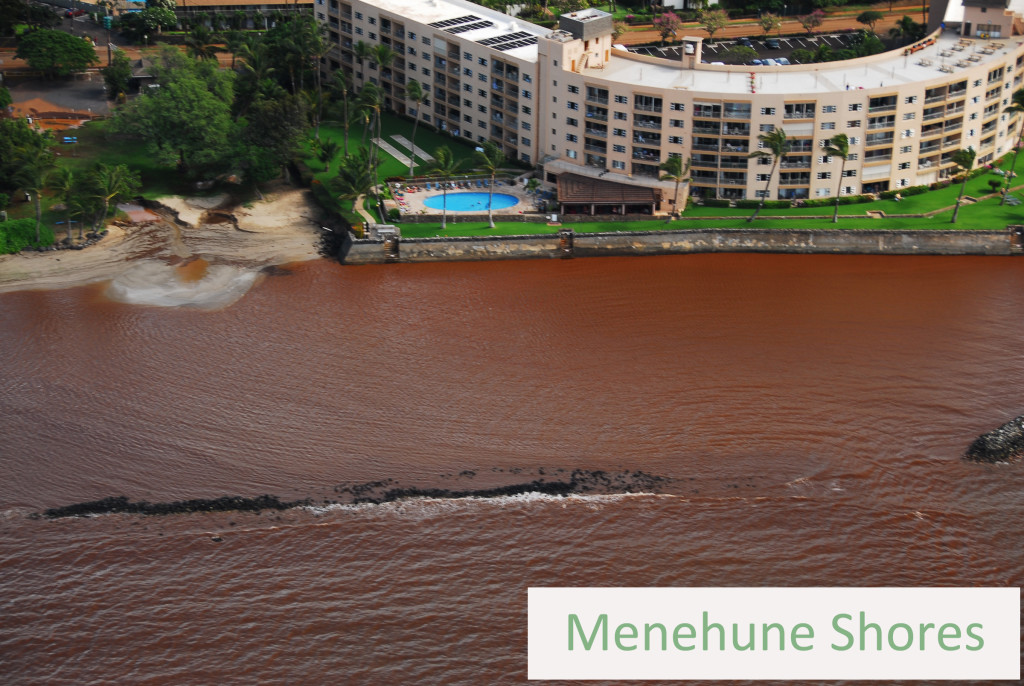Criticism:
“The article authors clearly don’t know the difference between storm water runoff and effluent from injection wells, and it makes a huge difference in deciding how we spend our resources fixing it. It doesn’t seem like they are able to understand more than one variable. They talk about sediment and turbidity it causes, but that’s not from sewage effluent, that’s from stormwater runoff. Is there a nutrient loading problem from injection wells? Maybe, but nothing in the article indicates that. In Lahaina, they were able to make the determination based on nitrogen isotope studies. The fact that there *is* high turbidity indicates there is most certainly nutrient loading from stormwater runoff, so actually contradicts the hypothesis of the high nitrogen being from injection wells. However, injection wells could certainly still be adding to it, but without a nitrogen isotope study how much it contributes is nothing more than a guess. Note that just because it’s from stormwater runoff does not mean humans aren’t at fault (we probably are or at least contribute significantly to it) or that we can’t or shouldn’t mitigate it. But what we do to mitigate matters *a lot.” ~ Daren Ash
Response:
Daren makes some good points and has some misconceptions – ones that many people might also share.
First, the isotope studies done by Hunt and Rosa (see our References page) clearly show the presence of wastewater effluent mixed with ground water emerging in the Cove Park and Kalama Park nearshore environment. The wastewater includes man-made chemicals such as fire retardants, fabric brighteners, and pharmaceuticals which are not found in nature and can therefore be used as intrinsic tracers. Hunt and Rosa analyzed the tracers and the isotopes and show rather conclusively the magnitude and location of the effluent.
As for turbidity, sadly we do not know of any comprehensive studies covering Maui’s coasts. Those of us who live here see the evidence for ourselves. Bad storms can result in massive runoff that takes weeks to clear. High surf events occurring months or years later can stir up and re-suspend old sediment and reduce visibility to a matter of feet. The shallow water near Cove Park does not seem to exchange well with the deeper water hundreds of yards from shore. We could not find a photo of runoff at Cove Park, but the photos below show runoff near Lipoa Street and Kalepolepo Park.
Clearly, more attention needs to be paid to these issues. Both storm water runoff and injection well effluent are damaging to the reefs when they are not managed properly. Our comparative study focused exclusively on the large body of water quality data collected by the Department of Health, Clean Water Branch available to the general public. Other researchers have complimentary data sets. As Daren points out, to make the best use of our resources we need to understand better what the true situation is.
Criticism:
The authors improperly apply the Wet water quality standards.
Response:
True. We chose to err on the side of understating the degree of impact rather than be criticized for over-stating it.
Strictly speaking, the Wet standards apply to coastal segments when there is a certain (large) amount of freshwater runoff entering the sea. We contacted the Clean Water Branch to find out which standard (wet or dry) applied to each water sample. This information was not made available to us, so we decided to use the less-stringent Wet standards during those months when the inland streams and rivers have their wet season. Likewise, we used the more-stringent Dry standards along the coast when the inland waterways were having their dry season (according to the regulations applicable to inland waterways).
The net result
- the geometric mean analysis is unaffected
- QIP analysis is more likely to understate the impact rather than over-state it
- comparisons between different sites are still valid since all sites have the same treatment for any given time period
- if measurements exceed the wet standards then the water is definitely impaired since the dry standards will also have been exceeded
The page will we updated as we hear more questions and criticisms


